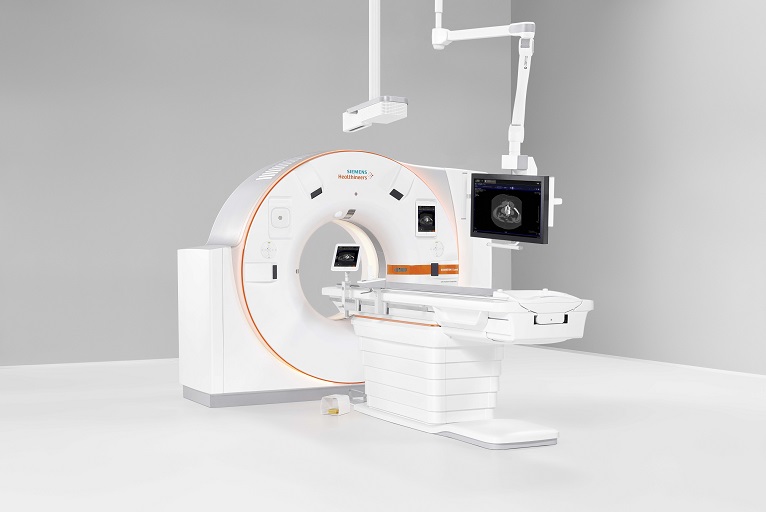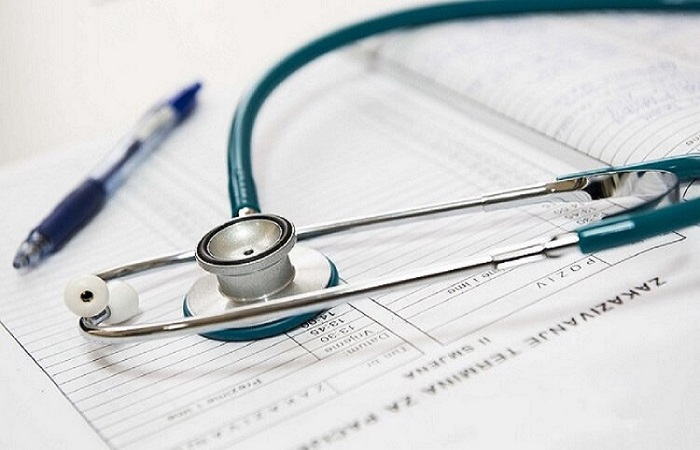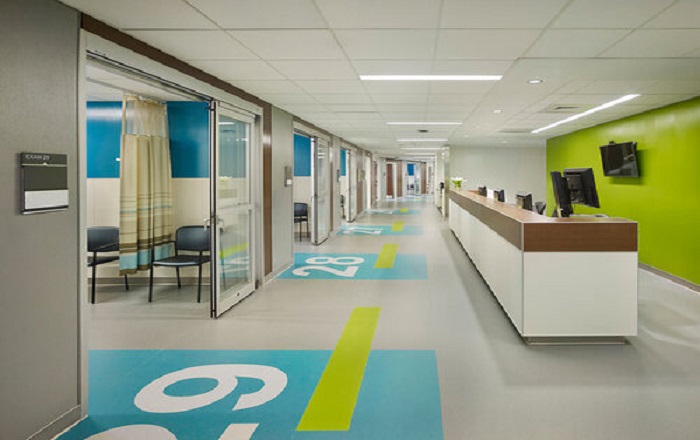
When choosing medical diagnostics equipment for your facility, it’s crucial to understand the specific requirements of your facility. You should consider factors such as the cost and return on investment, integration and interoperability, accuracy and reliability of the machine, and its adaptability to future innovations. By evaluating these factors, you can ensure that the selected equipment aligns with the demands of your lab and facilitates efficient and accurate testing processes.
Types of Medical Diagnostic Equipment.
Medical diagnostic equipment is used to detect and diagnose medical conditions. They can be categorised into:
- Radiology diagnostic equipment: This includes computerised axial tomography (CAT) scan, upper GI fluoroscopy, magnetic resonance imaging (MRI) and magnetic resonance angiography (MRIA), mammography
- Clinical/Laboratory diagnostic equipment: They include thermometer, electrocardiographs, stethoscopes, sphygmomanometers, chromatography, clinical centrifuge, cell counter, clinical laboratory, incubator, haematology analyzers.
- Tissue diagnostic equipment: Antibodies kits reagents probes instruments, slide staining system scanner, tissue processing system, thinprep genesis processor, etc.
- Self-diagnostic equipment: Express HIV self-test kit, pregnancy self-test kit, COVID-19 rapid self-test kit, etc.
Here are 7 factors to consider before purchasing medical equipment.
Assessing Hospital Needs
Begin by carefully assessing your hospital’s unique needs. Consider your patient demographics, medical specialties, and the volume of cases requiring diagnostic intervention. Whatever type of practice you run, tailor your approach to meet the demands of your specific healthcare setting. Prioritising the needs of your hospital ensures that you make value based decisions that improve your patient outcomes and saves cost for you.
Technology Integration and Interoperability
In our digital age, seamless connectivity is paramount. Opt for equipment that integrates smoothly with your existing health information systems. Interoperability enhances efficiency and facilitates a holistic approach to patient care. Choose diagnostic tools that play well with others in your technological ecosystem.
Accuracy and Reliability
Precision in diagnosis is non-negotiable. When evaluating potential equipment, scrutinise the accuracy of results and the reliability of the technology. Consider factors such as sensitivity, specificity, and positive predictive value. A diagnostic instrument is only as good as its ability to provide consistently accurate information. Take time to research accuracy of the equipment
Ease of Use and Training Requirements
Efficiency in healthcare delivery hinges on the ease of use of diagnostic equipment. Choose devices that are user-friendly and require minimal training for staff. Intuitive interfaces, coupled with comprehensive training programs, ensure that your team can harness the full potential of the equipment without unnecessary hurdles.
Maintenance and Service Support
Behind every formidable diagnostic machine is a well-orchestrated support system. Evaluate the maintenance requirements and availability of service support for each piece of equipment. Timely maintenance and prompt troubleshooting are the guardians of longevity and optimal functionality.
Cost and Return on Investment
A holistic approach should be used in evaluating cost. Balance the initial acquisition cost with long-term benefits, factoring in maintenance, training, and potential upgrades. Keep in mind that each equipment purchase is an investment. A well-thought-out investment strategy ensures fiscal responsibility without sacrificing healthcare quality.
Adaptability to Future technology
Medical technology is in a constant state of evolution. As such, consider the future scalability and adaptability of your diagnostic equipment. Choose instruments that can accommodate advancements in diagnostic methodologies, ensuring your hospital stays at the forefront of medical innovation.
Conclusion.
In conclusion, the selection of medical diagnostic equipment is a pivotal task that demands foresight, precision, and technological awareness. It is also important for you to build relationships with reputable suppliers and manufacturers.
Engage in open dialogues about your hospital’s needs, ensuring that your chosen diagnostic equipment aligns with both current and future healthcare objectives. A strong partnership with industry experts can provide invaluable insights and support.
This comprehensive guide can serve to ensure that you are making buying decisions that not only meets but exceeds the healthcare expectations of your community.


